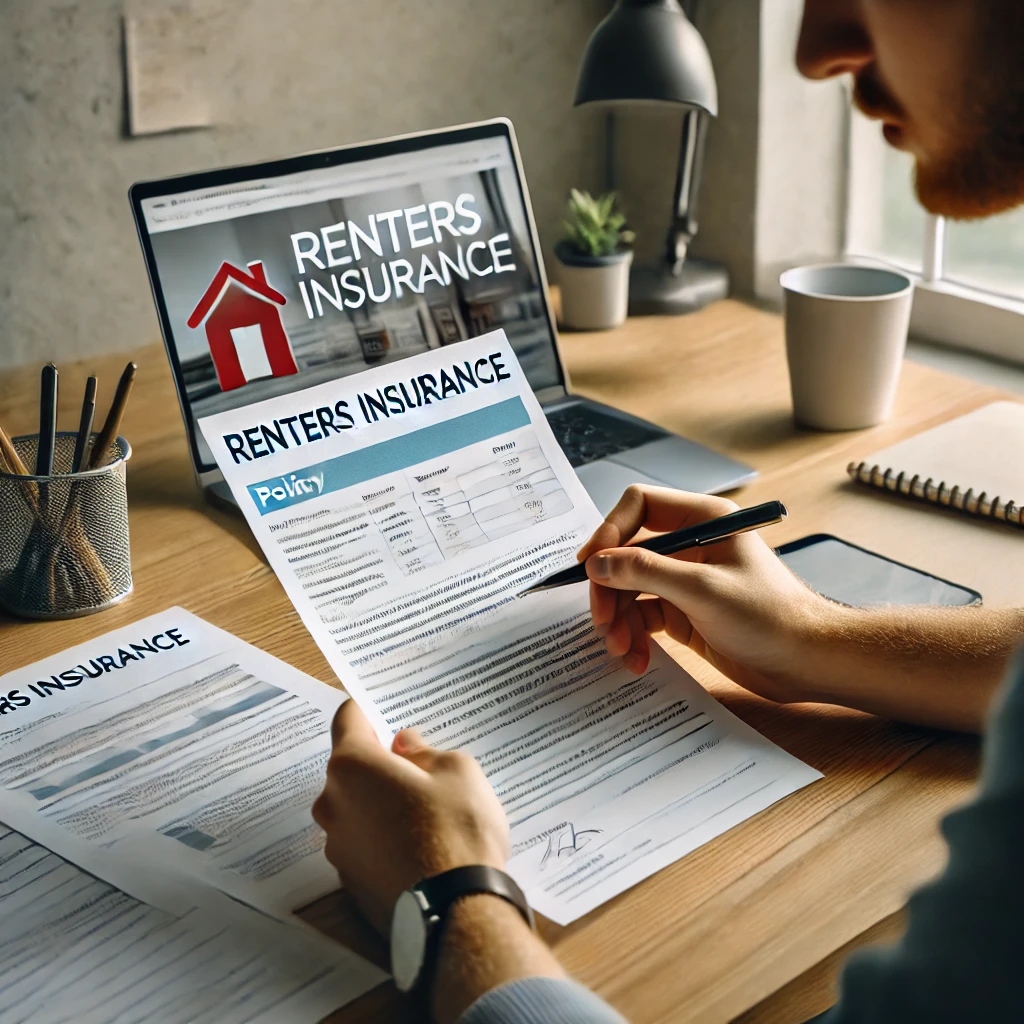
Renters insurance might seem like an unnecessary expense if you think your landlord’s insurance has you covered. However, in reality, your landlord’s policy likely only covers the building structure, leaving your personal belongings and liability exposure at risk. Understanding the full scope of renters insurance can help you protect your finances and gain peace of mind, all while getting the best value for your money.
What is Renters Insurance?
Renters insurance is a policy designed to protect individuals who rent their homes from potential financial loss. It provides coverage for personal belongings, liability protection, and additional living expenses if your rental unit becomes uninhabitable. Most policies offer two main types of coverage: Personal Property Coverage and Liability Protection.
Personal property coverage helps replace or repair your belongings if they are damaged or stolen, while liability protection covers legal and medical expenses if you accidentally cause damage or injury to others. This coverage is critical for renters, as it safeguards your financial future from unforeseen disasters or accidents.
Why Renters Insurance is Essential
Renters insurance is a cost-effective way to protect your personal belongings and avoid steep out-of-pocket expenses. For instance, imagine a fire breaks out in your apartment, causing damage to your furniture, electronics, and clothing. Without renters insurance, you would have to pay to replace all of those items. Renters insurance steps in to cover these losses, allowing you to recover without a significant financial burden.
Moreover, renters insurance provides liability coverage. If a visitor is injured while in your home, you could be held responsible for their medical bills or even sued. Renters insurance covers these potential expenses, giving you peace of mind. Furthermore, renters insurance policies often include Additional Living Expenses (ALE), which cover the costs of living elsewhere if your rental becomes uninhabitable due to a covered event, such as a fire or flood.
Key Components of Renters Insurance
Understanding the different components of renters insurance is key to getting the best value from your policy. Each policy typically includes three main types of coverage:
- Personal Property Coverage: This protects your belongings, such as furniture, clothing, and electronics, from damage or theft.
- Liability Protection: This covers you if someone is injured on your property and you are found legally responsible, or if you cause damage to someone else’s property.
- Additional Living Expenses (ALE): This covers the costs of temporary housing if your rental unit becomes uninhabitable due to a covered event.
Knowing these components can help you tailor your policy to your specific needs and avoid paying for unnecessary coverage.
Understanding Policy Limits and Deductibles
One of the most important aspects of renters insurance is understanding your policy limits and deductibles. A policy limit is the maximum amount your insurance company will pay for a covered loss. You should set your policy limits high enough to replace all of your personal belongings, but not so high that you’re overpaying for coverage.
The deductible is the amount you must pay out of pocket before your insurance kicks in. Higher deductibles usually result in lower premiums, but it’s important to choose a deductible that you can comfortably afford in the event of a claim.
Types of Renters Insurance Coverage
Renters insurance policies generally offer two types of coverage: Actual Cash Value (ACV) and Replacement Cost. ACV pays out the current market value of your belongings, factoring in depreciation. In contrast, replacement cost coverage pays the full cost to replace your items with new ones. While replacement cost coverage tends to have higher premiums, it can be worth the extra expense, especially for high-value items like electronics or appliances.
Additionally, many insurers offer optional coverage add-ons for high-value items such as jewelry, fine art, or collectibles. These items may not be fully covered under a standard policy, so adding extra coverage ensures you’re adequately protected.
How to Customize Your Renters Insurance
To get the best value from your renters insurance, consider customizing your policy to fit your lifestyle and needs. If you have valuable possessions like musical instruments, art, or electronics, you may need additional coverage. Additionally, if you frequently entertain guests, increasing your liability coverage might be wise.
Another important aspect is ensuring that your policy includes Additional Living Expenses (ALE) coverage. This will protect you financially if you need to temporarily move due to damages in your rental home. Customizing your coverage ensures you are not underinsured or paying for coverage you don’t need.
You can also read; How to Avoid Common Pitfalls When Buying Travel Insurance
Maximizing Value from Your Renters Insurance
To maximize the value of your renters insurance, start by comparing policies from different providers. Look for policies that offer comprehensive coverage at competitive rates. In addition, bundling your renters insurance with other policies, such as auto insurance, can often result in discounts.
Also, take advantage of discounts offered by insurance companies. Many providers offer discounts for having security systems, smoke detectors, or being claim-free. Evaluating your policy annually can also help you adjust coverage and take advantage of any new savings opportunities.